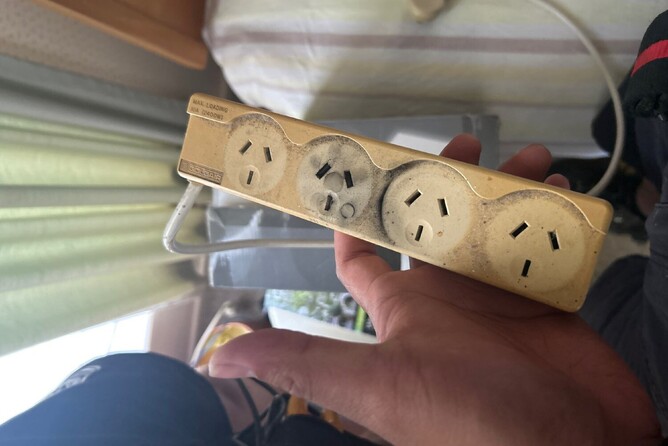In today's gadget-driven world, multi-boxes, also known as power strips or extension blocks, have become ubiquitous in homes and offices. They are a convenient solution for operating multiple devices simultaneously. However, their convenience can lead to dangerous practices, such as overloading, which poses significant fire risks. Overloading occurs when the total demand on the multi-box exceeds its capacity, causing overheating and potentially leading to a fire.
Understanding the capacity of your multi-box is crucial. Each multi-box is designed to handle a specific maximum load, usually measured in watts or amperes. Plugging in too many high-wattage devices, like heaters, kettles, or irons, can quickly exceed this limit. The danger is not always immediate; prolonged overloading can degrade the multi-box components, leading to a catastrophic failure over time.
The risks associated with multi-boxes are further amplified when they are daisy-chained, a practice where one power strip is plugged into another. This not only obscures the total load on the circuit but also bypasses built-in safety mechanisms. It's like adding extra weight to a chain, where the weakest link is bound to break, except in this case, the 'break' in an electrical chain can result in a fire.
Multi-boxes are not the best option for long-term connections. They aren't constructed as permanent outlets but rather as temporary options. The sockets wear out and become loose, causing arcing and a possible fire risk.
To manage the risks, here are some essential tips for using multi-boxes safely:
1. Know your multi-box's capacity and your devices' power requirements.
2. Avoid daisy-chaining multi-boxes.
3. Regularly inspect multi-boxes for signs of damage or wear.
4. Do not cover multi-boxes with rugs or furniture, as this can cause heat to build up.
5. Use one multi-box per socket, and avoid using adapters that allow for additional plugs.
6. Unplug devices that are not in use, especially high-wattage ones.
7. Consider using a power monitor to keep track of the load on your multi-boxes.
8. If possible, spread your devices across multiple circuits to balance the load.
9. Invest in multi-boxes with built-in surge protectors and circuit breakers for added safety.
10. Be vigilant about turning off multi-boxes when they are not needed, especially overnight or when leaving the house.
Consider adding additional fixed socket outlets or upgrading your existing wall sockets to doubles or quads to ensure safer power connections.
In conclusion, while multi-boxes are a practical solution to our modern-day power needs, they must be used with caution and an awareness of their limitations. Following the outlined tips can significantly reduce the risk of electrical fires and ensure a safer environment for yourself and those around you.
It's important to remember that electrical safety is not just about convenience; it's about vigilance and responsible usage. Stay safe and power smart.

